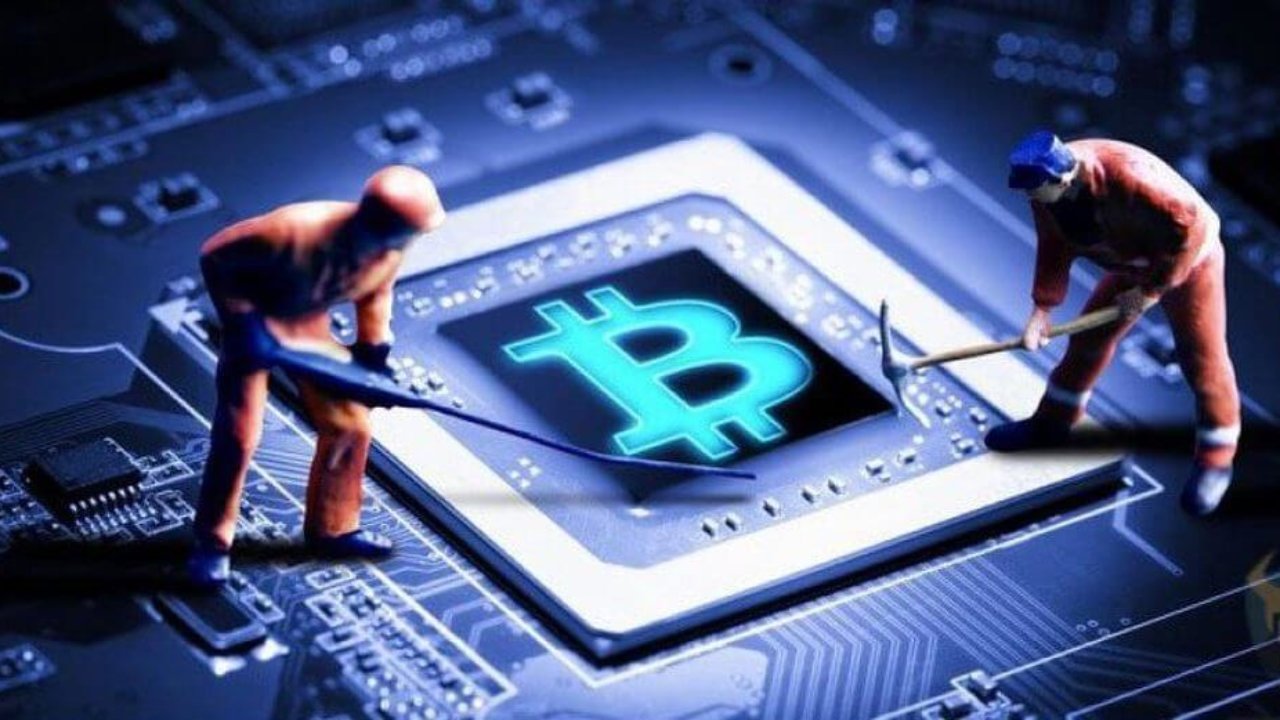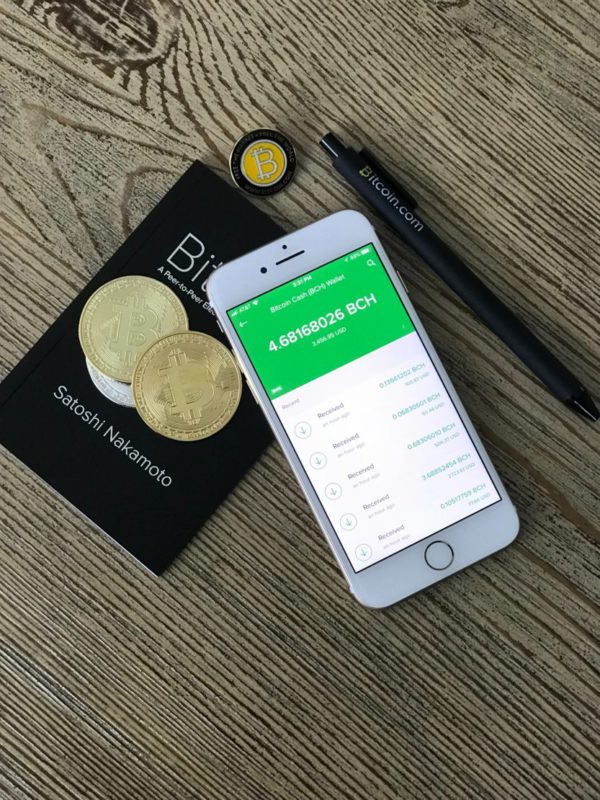Top 4 Things One Must Know About Bitcoin Mining Difficulty
As the name suggests, the Difficulty of mining for new bitcoin blocks is referred to as bitcoin mining difficulty. The Bitcoin network uses an algorithm hard-coded by Satoshi Nakamoto into the source code since it is decentralized and not controlled by a single central authority. To check that blocks are discovered at a constant rate, this algorithm constantly modifies the Level of Difficulty of the mining process by the number of miners active in the network. This article will go into great detail about this idea, emphasize its significance, and describe how the Difficulty of bitcoins mining is determined and adjusted.
A guide to bitcoin mining
The security and legitimacy of the whole network and its native cryptocurrency, bitcoin, depending on the bitcoin mining process (BTC). The web is entirely dependent on a decentralized transaction validation mechanism, where anyone around the globe is capable of approving new transactions and adding them to the blockchain in blocks, in chronological order. The essential component of Bitcoin’s consensus system, or the method by which all distributed participants agree on new data entering the blockchain, is bitcoin mining.
As easy as it may seem, the proof-of-work procedure necessitates a computer-intensive effort since the would-be validators must use their devices to construct a winning fixed-length code before anybody else.
The notion is that making validators spend energy to find new blocks discourages possible malicious actors from joining the network and trying to compromise the blockchain with erroneous transactions. Over time, miners have shifted to using specialized computing devices called application-specific integrated circuit (ASIC) miners, which can generate more than one quintillion random codes per second—an exponentially more significant number of guesses than any typical laptop can—to increase their chances of winning.
North Carolina’s Lieutenant Governor @MarkRobinsonNC visited HMTech #bitcoin mining facility to learn how it benefits the local economy
pic.twitter.com/pT0ZQY9OL1— Documenting Bitcoin 📄 (@DocumentingBTC) September 27, 2022
Why the Difficulty of bitcoin mining matters
The Bitcoin mining difficulty algorithm maintains a 10-minute window for finding new blocks to guarantee system stability. It takes one miner from the entire network about 10 minutes to produce a winning code and obtain the privilege of suggesting a new block of bitcoin transactions be added to the blockchain.
The program intervenes and alters the Difficulty of bitcoin mining to maintain this frequency. The Difficulty of mining bitcoin increases with a surge in miners or mining equipment. The protocol lowers the mining difficulty to make it simpler for the remaining miners to find blocks if the opposite occurs (that is, if there is a decrease in the number of miners competing to see new blocks). The bitcoin network’s mining difficulty can be changed by increasing or decreasing the number of zeros at the beginning of the target hash. The designation is given to the particular soup (fixed-length code) that all miners attempt to outperform the target hash. The winner is determined by generating a random code with an equal or more significant number of zeros at the front than the goal hash first.
Without such a method, blocks would probably be found more quickly as more miners joined the network and their equipment became more advanced. The unpredictable rate at which a new bitcoin will enter the market would probably prevent the currency’s value from rising. It’s crucial to remember that a big draw of bitcoin mining is its known constant pace of inflation as opposed to the unpredictable and chaotic inflation of fiat currencies brought on by excessive quantitative easing. It’s a limited asset with a relatively low maximum supply because the circulating supply is restricted to 21 million coins. Assuming demand remains high, both of these elements ought to, in theory, sustain bitcoin’s price over time.
Also Read: What Does Bitcoin Mining’s Future Hold?
How often is the Difficulty of bitcoin mining changed?
Every 2,016 blocks, the mining difficulty for Bitcoin is changed (or roughly every two weeks). Since the network decides whether the activity of miners over the past two weeks has decreased or increased the time taken to mine a new block, each interval of 2,016 blocks is known as the difficulty epoch. The mining difficulty will increase if the required time is less than 10 minutes. When the block time is greater than 10 minutes, the opposite happens.
How is the Difficulty of bitcoin mining determined?
- Different formulas are used to calculate the Difficulty of mining bitcoins. The most typical procedure is Difficulty Level = Difficulty Target/Current Target.
- The target hash’s mining difficulty is 1, as shown by the hexadecimal format of the Difficulty Target.
- On the other hand, the target hash of the most recent block of transactions serves as the current target. The result of dividing the two numbers is a whole number, representing the degree of difficulty associated with mining bitcoin.
- A miner should produce roughly 24 trillion hashes before identifying the winning hash, for example, if the answer is 24 trillion. Of course, sometimes miners are fortunate and discover it with fewer guesses.
How the Difficulty of mining bitcoin is changed
Bitcoin Mining difficulty changes are made by comparing the time it should have taken to locate the previous 2,016 transactions to the expected time it should take to find the following 2,016 blocks. Remember that a 10-minute block is a standard. As a result, 20,160 minutes should be allotted for mining blocks from 2016. (that is, 2016 X 10 minutes). The network determines how long it will take to mine the last 2,016 blocks in total. Then, the most recent difficulty level is multiplied by the usual 20,160 minutes (10 minutes x 2,016 blocks) to the amount of time needed to climb the previous difficulty era. The output of the computation determines how much of a change in mining difficulty must be made to reduce the block duration to the desired 10 minutes.
However, a flaw in the initial Bitcoin protocol causes difficulty level adjustments based on the 2,015 preceding blocks rather than the 2,016 blocks that are theorized ones. The target is a 10-minute block duration, but the mining difficulty cannot be changed to four times the current difficulty level or below. Each difficulty epoch has a maximum change of +300% and a minimum charge of -75%. This regulation was implemented to prevent sudden changes in the Difficulty of mining.
Stay informed with daily updates from Blockchain Magazine on Google News. Click here to follow us and mark as favorite: [Blockchain Magazine on Google News].
Get Blockchain Insights In Inbox
Stay ahead of the curve with expert analysis and market updates.
latest from tech
Disclaimer: Any post shared by a third-party agency are sponsored and Blockchain Magazine has no views on any such posts. The views and opinions expressed in this post are those of the clients and do not necessarily reflect the official policy or position of Blockchain Magazine. The information provided in this post is for informational purposes only and should not be considered as financial, investment, or professional advice. Blockchain Magazine does not endorse or promote any specific products, services, or companies mentioned in this posts. Readers are encouraged to conduct their own research and consult with a qualified professional before making any financial decisions. The featured image used is just a creative depiction of the title and it does not intend to hurt sentiments of any person or institution. If it hurts anyone sentiments, please do not hesitate to reach out to Blockchain Magazine.

 Bitcoin
Bitcoin  Ethereum
Ethereum  XRP
XRP  Tether
Tether  Solana
Solana  USDC
USDC  Dogecoin
Dogecoin  Cardano
Cardano  Lido Staked Ether
Lido Staked Ether  TRON
TRON  Chainlink
Chainlink  Avalanche
Avalanche  Wrapped Bitcoin
Wrapped Bitcoin  Wrapped stETH
Wrapped stETH  Stellar
Stellar  Sui
Sui  Hedera
Hedera  Toncoin
Toncoin  Shiba Inu
Shiba Inu  Litecoin
Litecoin  WETH
WETH  Polkadot
Polkadot  Hyperliquid
Hyperliquid  LEO Token
LEO Token  Bitcoin Cash
Bitcoin Cash  Bitget Token
Bitget Token  Uniswap
Uniswap  USDS
USDS  Wrapped eETH
Wrapped eETH  Ethena USDe
Ethena USDe  Pepe
Pepe  NEAR Protocol
NEAR Protocol  MANTRA
MANTRA  Official Trump
Official Trump  Ondo
Ondo  Aave
Aave  Aptos
Aptos  Internet Computer
Internet Computer  Monero
Monero  WhiteBIT Coin
WhiteBIT Coin  Ethereum Classic
Ethereum Classic  Mantle
Mantle  Bittensor
Bittensor  Cronos
Cronos  POL (ex-MATIC)
POL (ex-MATIC)  Dai
Dai  OKB
OKB 




